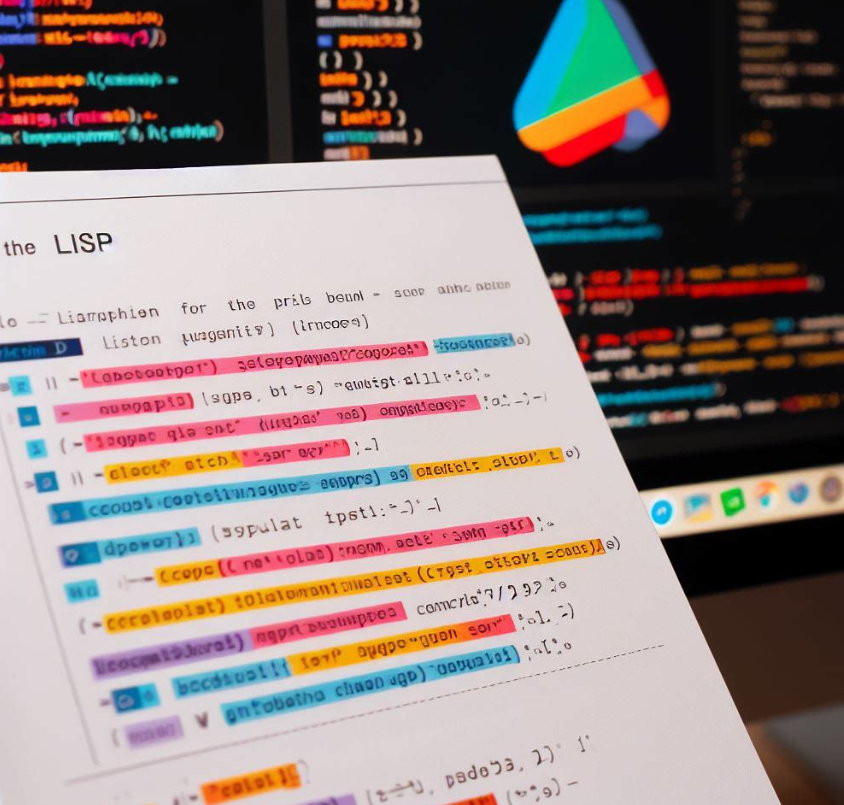 Specifics of a certain programming language primarily entail a thorough review of its official documentation. Klisp’s documentation serves as a salient guide, irrespective of a programmer’s experience level. It gives an extensive look into Klisp, shedding light on every detail of the language. One notable feature is its layout, as it is meticulously structured to promote a sequential learning technique, ensuring that developers grasp the concepts at their self-determined rate.
Specifics of a certain programming language primarily entail a thorough review of its official documentation. Klisp’s documentation serves as a salient guide, irrespective of a programmer’s experience level. It gives an extensive look into Klisp, shedding light on every detail of the language. One notable feature is its layout, as it is meticulously structured to promote a sequential learning technique, ensuring that developers grasp the concepts at their self-determined rate.
The content in Klisp’s documentation is split into calculated sections. It begins with a concise introduction, unfolding the core facets of the language and the beliefs that shaped its design. This section is integral for instilling an understanding of what singles out Klisp. The instructions on setting up the Klisp environment are an essential part of the guide, definitely handy for individuals keen on starting to write codes with Klisp promptly.
The documentation reserves a considerable space for a segment explicitly explaining the syntax of Klisp. This segment aims to familiarize users with different elements such as variables, functions, and lexicographic rules. It plays a significant role in equipping users to write Klisp codes that are efficient and streamlined. The syntax section commonly includes examples that prove to be extremely beneficial for those who learn by doing, enabling them to test small segments of code and see the output firsthand.
The standard library forms another critical part of Klisp’s documentation, presenting the collection of built-in functions and macros at the developers’ disposal. Acquainting oneself with the standard library could significantly boost productivity as it eliminates the necessity to start from scratch, providing readily usable functionalities.
Subjects like debugging, optimization, and customization are introduced in the latter sections of the documentation. The insights shared in these parts are of great worth for programmers conversant with Klisp’s fundamentals and eager to polish their skills and construct more intricate software.
Leveraging Community Tutorials and Examples
Utilizing community-generated tutorials and examples can give an immense boost to a developer’s study of Klisp. This is because these materials are often developed by individuals who have sailed the sometimes stormy seas of the language and are able to offer practical insights, advice, and timesavers.
The frequent virtue of Klisp community tutorials is their utilitarian dimension. The focus of these resources tends to be about constructing projects or achieving particular tasks. This correlates with an objective-oriented learning strategy. Through comprehensive, methodical guides and broad interpretations, the intricacies of Klisp are unraveled, offering actionable, comprehensible information for users.
Within the Klisp environment, examples shoulder a significant responsibility. They do more than merely display the programming language’s features; they also reveal optimal practices and streamlined coding methods. For those studying the language, the process of deconstructing these code examples offers a more profound understanding of the functional mechanics of Klisp and offers enlightenment on effective strategies for dealing with programming predicaments.
Web-based discussion boards and forums act as the main support system for the Klisp community. These platforms are teeming with lively interactions where developers can pose queries, request guidance, and exchange their personal experiences with others. A complex programming obstacle being solved through the shared intelligence found on these platforms is a common occurrence.
Participation in Klisp open-source projects or perusing the codes of pre-existing projects can lead to a wealth of learning and hands-on practice. Such an opportunity allows users to observe Klisp in action in the actual world, thereby appreciating the language’s adaptability and broad range of applications. This immersive learning experience cultivates a deeper and more nuanced understanding of the Klisp language among developers.
Mastering Klisp Through Interactive Workshops and Events
 Mastering Klisp can be a rewarding endeavor, and interactive workshops coupled with events offer rich grounds for developing expertise in this domain. These meticulously designed experiences cater to both theoretical knowledge and practical application, allowing participants to fully immerse in the nuances of Klisp.
Mastering Klisp can be a rewarding endeavor, and interactive workshops coupled with events offer rich grounds for developing expertise in this domain. These meticulously designed experiences cater to both theoretical knowledge and practical application, allowing participants to fully immerse in the nuances of Klisp.
Within the structured environment of a workshop, attendees gain the opportunity to engage with complex programming constructs under the guidance of experienced Klisp developers. Working through a series of exercises, they confront coding challenges that demand a mixture of logical thinking and creativity. This hands-on approach is instrumental for reinforcing learning outcomes and provides an immediate feedback mechanism wherein learners can quickly rectify errors, polish skills, and seek explanations for any unclear concepts.
Events focused on Klisp, such as hackathons and competitive programming marathons, draw attention to the collaborative and competitive spirit among programmers. These gatherings are a hotbed for innovation, driving participants to explore unorthodox solutions and to build upon the collective wisdom of the Klisp community.
The rise of virtual meetups and webinars has bridged geographical barriers, making it possible for Klisp enthusiasts from disparate locations to connect. These digital assemblies are crucial for knowledge exchange, offering updates on emerging trends and fostering collaborations among programmers that extend beyond national boundaries.
In conjunction with dynamic participation in workshops and events, engagement with Klisp-focused social media communities can be incredibly beneficial. These online forums are alive with discussions, resource sharing, and regular updates that keep developers in sync with the language’s evolving scene.
Central to the Klisp learning journey are the readily available documentation and community-generated content. These resources serve as a foundational reference, amplifying the theoretical and practical grasp of Klisp. They also underpin a virtuous cycle of learning where continuous engagement and application of knowledge translate into advanced comprehension and enjoyment of working with Klisp, ensuring that a programmer’s skill set remains sharp and aligned with current best practices.